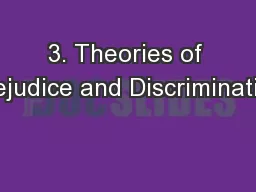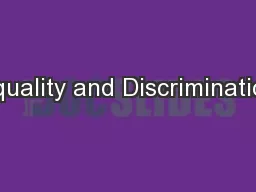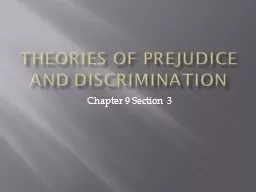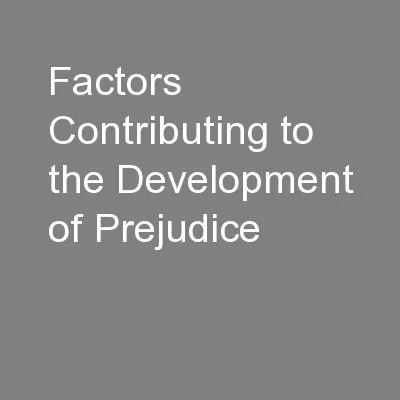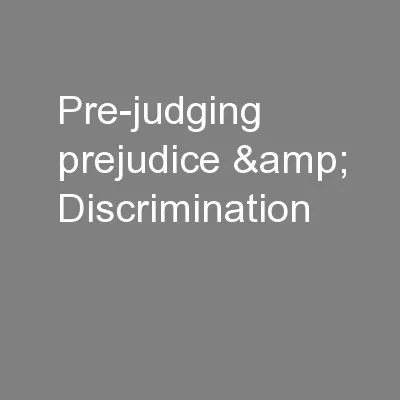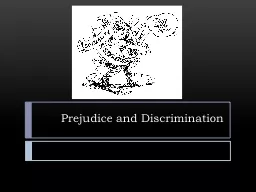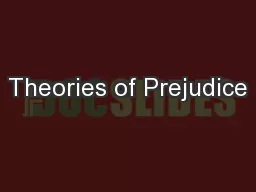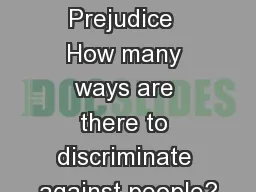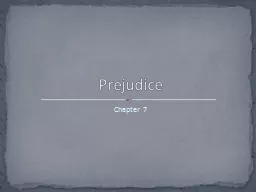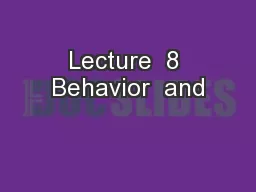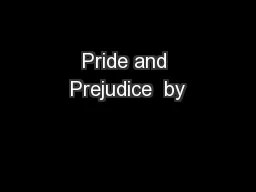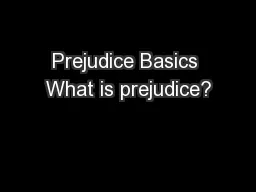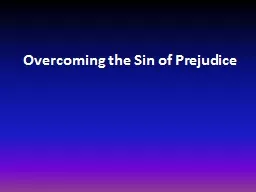PPT-3. Theories of Prejudice and Discrimination
Author : test | Published Date : 2016-06-21
Prejudice Racism and Discrimination A great many people think they are thinking when they are merely rearranging their prejudices William James The less secure
Presentation Embed Code
Download Presentation
Download Presentation The PPT/PDF document "3. Theories of Prejudice and Discriminat..." is the property of its rightful owner. Permission is granted to download and print the materials on this website for personal, non-commercial use only, and to display it on your personal computer provided you do not modify the materials and that you retain all copyright notices contained in the materials. By downloading content from our website, you accept the terms of this agreement.
3. Theories of Prejudice and Discrimination: Transcript
Download Rules Of Document
"3. Theories of Prejudice and Discrimination"The content belongs to its owner. You may download and print it for personal use, without modification, and keep all copyright notices. By downloading, you agree to these terms.
Related Documents

